791733
Potassium acetate
anhydrous, free-flowing, Redi-Dri™, ACS reagent, ≥99.0%
About This Item
Prodotti consigliati
Grado
ACS reagent
anhydrous
Livello qualitativo
Tensione di vapore
<0.0000001 hPa ( 25 °C)
Nome Commerciale
Redi-Dri™
Saggio
≥99.0%
Forma fisica
powder
Qualità
free-flowing
Impurezze
≤0.005% insolubles
pH
6.5-9.0 (25 °C, 5%)
Densità
1.57 g/cm3 at 25 °C (lit.)
Anioni in tracce
chloride (Cl-): ≤0.003%
phosphate (PO43-): ≤0.001%
sulfate (SO42-): ≤0.002%
Cationi in tracce
Ca: ≤0.005%
Fe: ≤5 ppm
Mg: ≤0.002%
Na: ≤0.03%
heavy metals: ≤5 ppm (by ICP-OES)
Stringa SMILE
[K+].CC([O-])=O
InChI
1S/C2H4O2.K/c1-2(3)4;/h1H3,(H,3,4);/q;+1/p-1
SCVFZCLFOSHCOH-UHFFFAOYSA-M
Cerchi prodotti simili? Visita Guida al confronto tra prodotti
Categorie correlate
Descrizione generale
Applicazioni
Caratteristiche e vantaggi
- Increased efficiency – Eliminates time and effort of loosening hardened powders
- Safety – Eliminates tools of force used to break up clumps
- Ecology – Reduces waste as it does not stick to the packaging
- Economy – Faster preparation and solvation increase productivity and reduce costs
- Assured Quality – Excellent, expert-tested quality with no anti-caking agents
- Flexible volumes – Available from research amounts to scale-up quantities
Note legali
Codice della classe di stoccaggio
13 - Non Combustible Solids
Classe di pericolosità dell'acqua (WGK)
WGK 1
Punto d’infiammabilità (°F)
Not applicable
Punto d’infiammabilità (°C)
Not applicable
Certificati d'analisi (COA)
Cerca il Certificati d'analisi (COA) digitando il numero di lotto/batch corrispondente. I numeri di lotto o di batch sono stampati sull'etichetta dei prodotti dopo la parola ‘Lotto’ o ‘Batch’.
Possiedi già questo prodotto?
I documenti relativi ai prodotti acquistati recentemente sono disponibili nell’Archivio dei documenti.
I clienti hanno visto anche
Il team dei nostri ricercatori vanta grande esperienza in tutte le aree della ricerca quali Life Science, scienza dei materiali, sintesi chimica, cromatografia, discipline analitiche, ecc..
Contatta l'Assistenza Tecnica.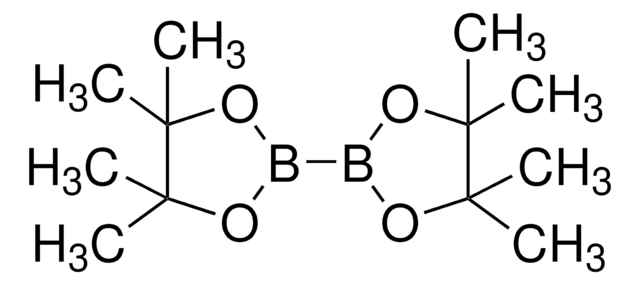

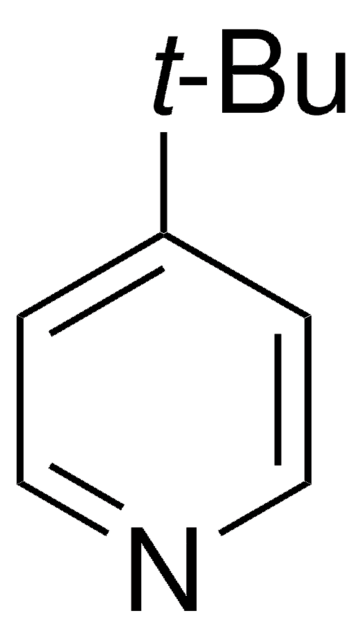
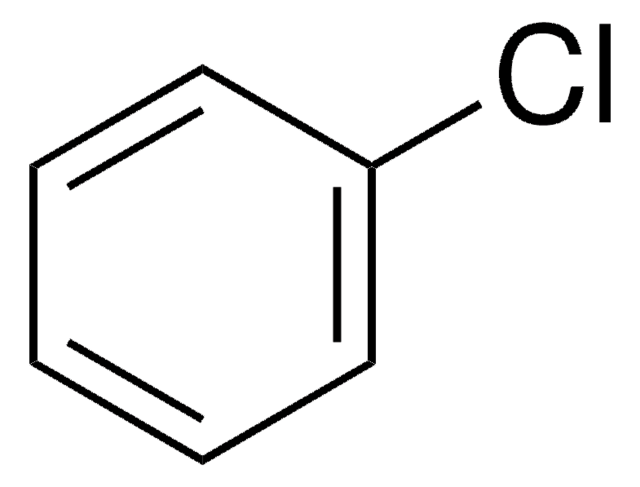
![[1,1′-Bis(diphenylphosphino)ferrocene]dichloropalladium(II)](/deepweb/assets/sigmaaldrich/product/structures/130/734/8846aa26-1858-458a-998d-8c306c13bf0f/640/8846aa26-1858-458a-998d-8c306c13bf0f.png)



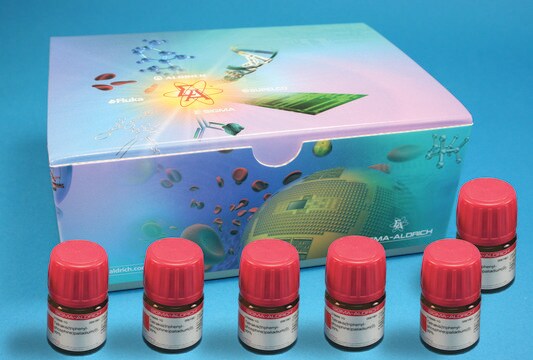
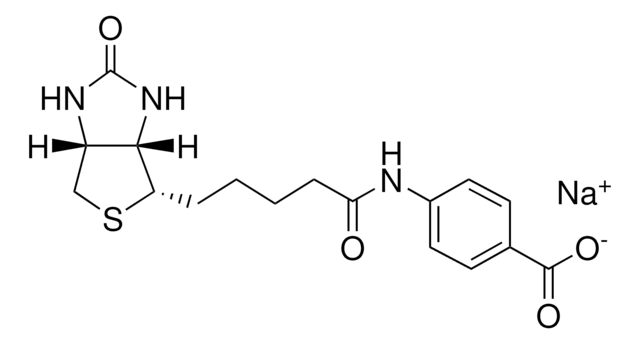
![[1,1′-Bis(diphenylphosphino)ferrocene]dichloropalladium(II) complex with dichloromethane](/deepweb/assets/sigmaaldrich/product/structures/825/986/4317978b-1256-4c82-ab74-6a6a3ef948b1/640/4317978b-1256-4c82-ab74-6a6a3ef948b1.png)